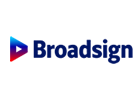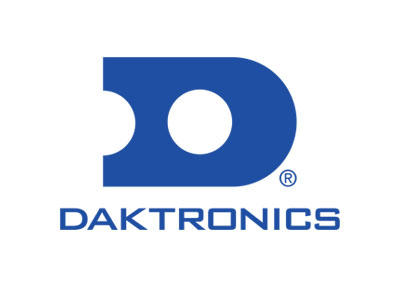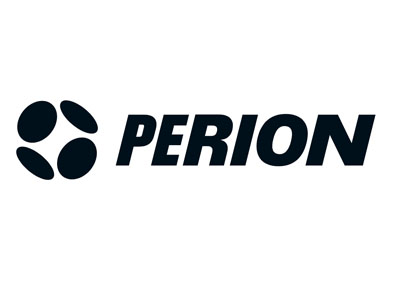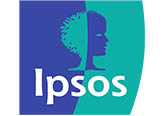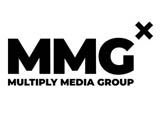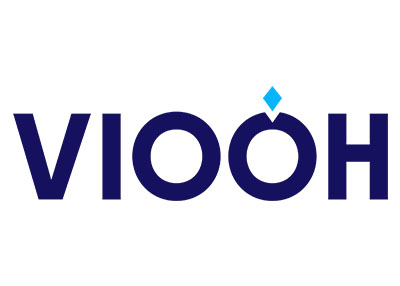
We all know the impact that COVID had on the OOH industry in 2020, but with countries now emerging from lockdowns as their vaccination programmes take effect, eMarketer expects DOOH ad spending to increase from $2.72 billion in 2020 to $3.84 billion in 2023.
According to ECI Media Management, OOH is also predicted to experience the biggest Covid-19 recovery and bounce back in the US and UK this year. With digital media taking upwards of 60% of all media spend globally, the recovery and subsequent growth in OOH will come from the digital side, driven by programmatic, and underpinned by an audience-led selling strategy.
Adapting campaigns based on customer responses and audience data insights is well established in the fast-paced digitally savvy advertising industry. While OOH may have lagged behind in the digital transformation race for a while, 2021 is shaping up to be a year of accelerated change for our industry. DOOH advertising can now track consumer behaviour, via first and third party data, including geography, postcode and post-exposure metrics such as footfall and in-store or online purchases. In fact, an audience-led, programmatic selling strategy can target people with a specific purchase intent, income, age or other factors, which allows a campaign to be triggered or adapted in near real-time.
So, why is this interesting? In DOOH, audience-led selling can increase the effectiveness of campaigns for advertisers and deliver a clear value-led proposition to digital buyers.
The ability to utilise the same audience data as part of a multi-channel campaign, means greater accuracy and long term synergies for brands. DSPs can now use the same audience data across OOH as for other digital channels, creating alignment between the public, broadcast element in the OOH execution, and the private, one-to-one element on other screens such as mobile and display. In fact, OOH can supercharge the effects of Social Media, increasing brand recall by 125% and engagement by 52%.
Media buyers can trade OOH more efficiently via programmatic trading and automated inventory management - a recent Xaxis study found a 50% saving in time for automated versus traditional planning cycles. Buyers can also plan and buy relevant digital OOH inventory in real-time via partners pre-bid API and unique data segments, allowing for a seamless connection of multiple digital channels for a unified brand experience, and campaigns based on audience or location, across markets.
In a recent campaign with Sony Playstation Belgium for their latest game release, Ghost of Tsushima, Mediacom worked together with partners OutSight, Outmoove, AdSquare and VIOOH to use mobile segments to target audiences programmatically. Over 250,000 mobile IDs were identified that segmented users as console gamers, which were then matched to specific JCDecaux DOOH screens the campaign was triggered to run on, when the target audience (and their mobile) were in close proximity. This audience-led approach meant that the campaign had a high hit-rate of specific, relevant, and targeted audiences. Four weeks after launch, Sony Playstation Belgium reached 66% of its full year sales objective for the game.
The same Xaxis study found that buying by audience and hourly vs 2-week cycles lead to 35% more efficient ad spend, which in turn builds greater revenue opportunities for media owners.
Audience-led selling is a new approach for DOOH and there are two main benefits to consider: driving revenue opportunities and incremental revenue, and secondly, improved response rates. It's worth noting that the media owner is the controller of the buying and selling process, setting the sales policies, pricing, accessibility and channels - across both automated inventory management and programmatic trading.
Selling by environment and format means the campaign is displayed around the audience and screens. For example, for eight D6 posters in a railway station campaign, results can be up to 15% Share of Time (SoT), with 1.9M impressions. Conversely, with more screens but less SoT all in one environment, for example with 24 D6 posters in a railway station, results change to 5% SoT with 1.8M impressions. Similar results can be achieved, using limited and specific inventory.
Alternatively, a campaign could cover a wider geographical region, with more screens all fitted to the target audiences and across all environments. For example, 12 D6 posters across environments in a city centre, could deliver up to 10% SoT with 1.9M impressions. In this example, media owners and advertisers benefit from reaching more of their target audience with the wider geographical spread, as well as having access to more inventory due to the number of screens used in combination with SoT.
Higher sell-through rates across more screens helps to promote more impressions on a wider selection of screens based on the audience. It limits frame picking and proximity-only campaigns, and simplifies programmatic OOH media buying. This gives buyers the opportunity to scope out target audiences and then serve the creative to match the audiences at specific screens.
For media owners, selling by audience delivers the option to build premium packages for key audiences and increase competition between screens, optimising yield. More impressions can be sold across more screens, and screens not often considered can be included in campaigns if they deliver the right audience. It also brings media buyers better and more targeted access, matching the way they buy media across other digital campaigns, which ultimately helps to drive more demand.
In my view, audience-led selling is the only way forward for OOH media owners to increase the value of their inventory and speak a common language with digital buyers. To truly grow OOH revenue and market share, OOH must continue to expand into digital buyers and programmatic budgets. These buyers are well versed in buying by audience and trading programmatically, so OOH media owners need to set up their campaigns to hit targets based on audiences and data.
By focusing on the audience instead of the environment, media owners are future proofing OOH. As the past year has shown, people are rarely static and are found in more places than just 100m away from the store you want them to visit or a major train station. Buying the audience that best fits a campaign objectives, rather than a set of panels deemed to be in the best locations, is the new normal for DOOH. For media owners who want to get onboard with this approach, there is no time like the present!
MEMBERS CAN DOWNLOAD THE VIDEO AND THE PRESENTATION SLIDES HERE
Natalia Escribano is Chief Commercial Officer at VIOOH. For more information visit: viooh.com
Subscribe to our weekly OOH newsletter
LATEST INDUSTRY NEWS: focusing on the top OOH stories of the week from around the world.


